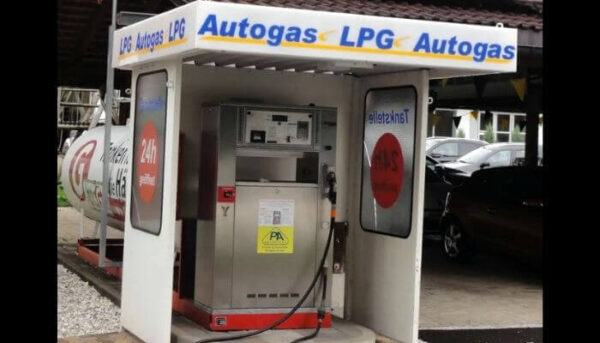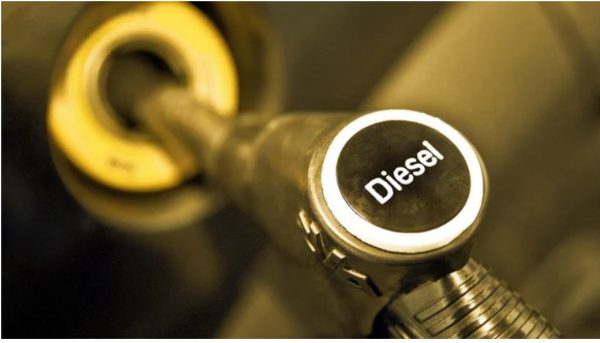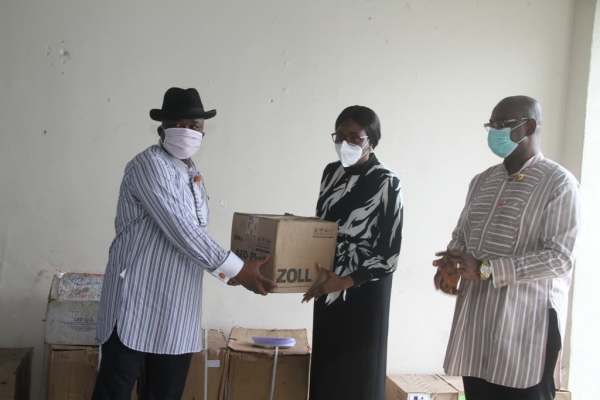Rising oil demand to exceed OPEC supply – IEA
 The world’s growing thirst for oil, combined with lacklustre upstream investment, will require the Organisation of the Petroleum Exporting Countries to pump close to maximum capacity in the coming years, leaving the market more vulnerable to supply squeezes and disruptions, according to the International Energy Agency.
The world’s growing thirst for oil, combined with lacklustre upstream investment, will require the Organisation of the Petroleum Exporting Countries to pump close to maximum capacity in the coming years, leaving the market more vulnerable to supply squeezes and disruptions, according to the International Energy Agency.
Once oil demand rebounds from the pandemic, OPEC will need to boost its crude production by more than 20 per cent from current levels to hit 30.8 million barrels per day by 2026, the IEA projected in its latest medium-term market forecast March 17.
The bulk of those increases will come from OPEC’s core Gulf members, more than offsetting declines in more fragile African members and Venezuela, for a net gain of one million bpd of crude production capacity and 250,000 bpd of condensates and NGL growth. But global oil consumption is set to grow faster, the report stated.
The IEA said, “As demand recovers and upstream investments lag in other parts of the world, Saudi Arabia, Iraq, the UAE, and Kuwait may have to ramp up production to ensure the world is adequately supplied.
“By the end of the forecast, the Gulf heavyweights may have to pump flat out to keep pace with demand if Iran remains under sanctions.”
OPEC’s 13 members produced 24.86 million bpd in February, according to the latest S&P Global Platts survey.
OPEC largely views its role in the market as a collective swing producer, adjusting its crude output to changes in demand, in an attempt to prevent economically destabilising price spikes and crashes.
It began teaming up with Russia and nine other allies in 2017 on a series of output cuts to counteract a slump in oil prices, in a so-called OPEC+ coalition that now controls just over half of global oil supply.
With producing countries outside the group less nimble in raising their outputs, in large part due to investment cuts across the industry forced by low oil prices, OPEC will be unable to keep as much of its production capacity in reserve as a cushion against supply volatility caused by civil unrest, natural disasters or other prolonged outages.
The IEA calculated that the bloc’s effective spare crude production capacity would narrow to 2.4 million bpd by 2026, from 6.5 million bpd in 2020, the bulk of it in Saudi Arabia.
The agency defines spare capacity as idled production that could be brought back online within 90 days and sustained for ‘an extended period’.
The forecast assumes that Iran will remain under stringent US sanctions. A breakthrough in talks between the US and Iran that leads to sanctions relief could add up to 1.7 million bpd of Iranian crude supplies to the market, the IEA said, easing some of the tight OPEC spare capacity concerns.
“However, many contentious issues still need to be resolved before sanctions could be eased,” the IEA noted.







